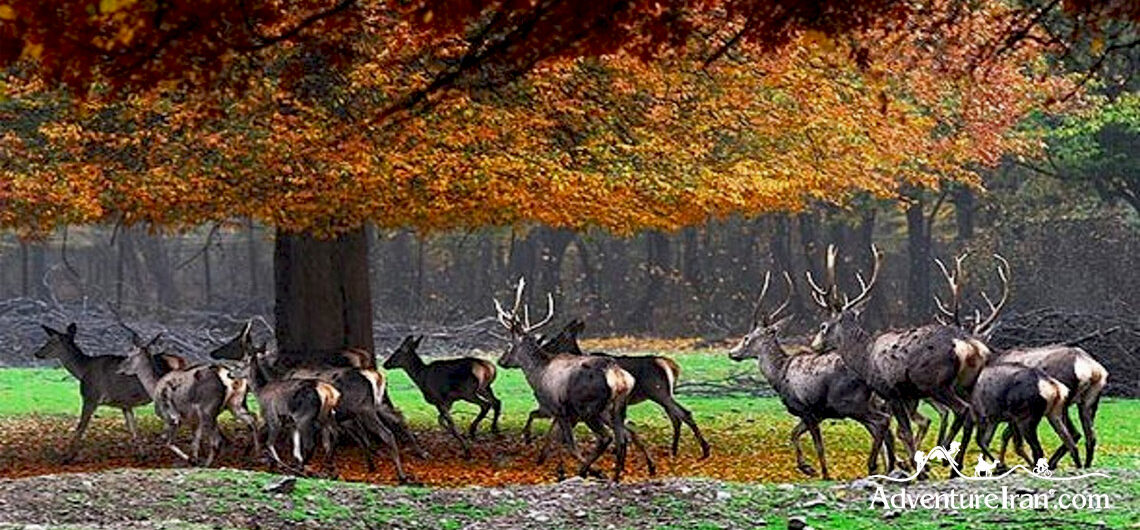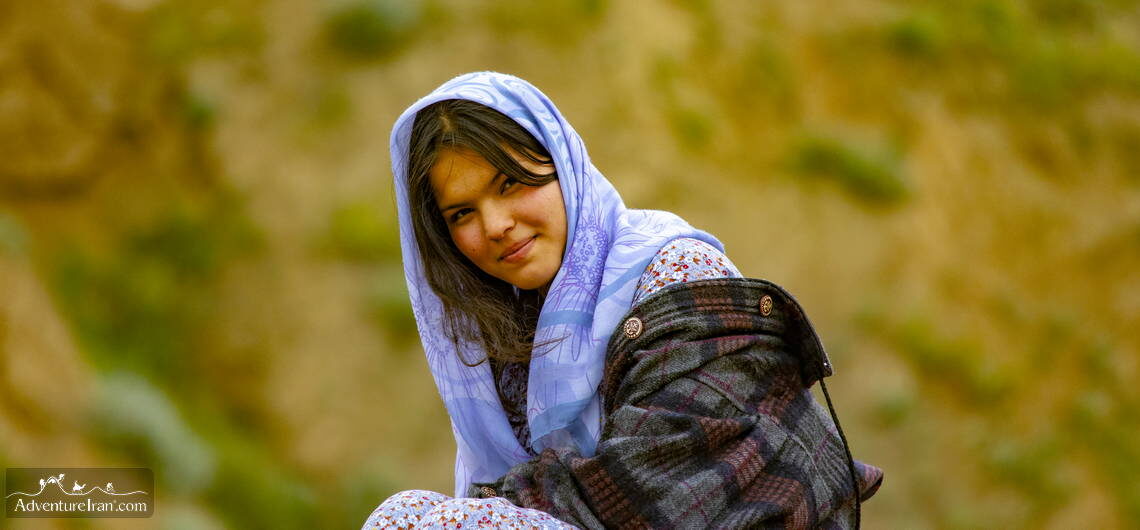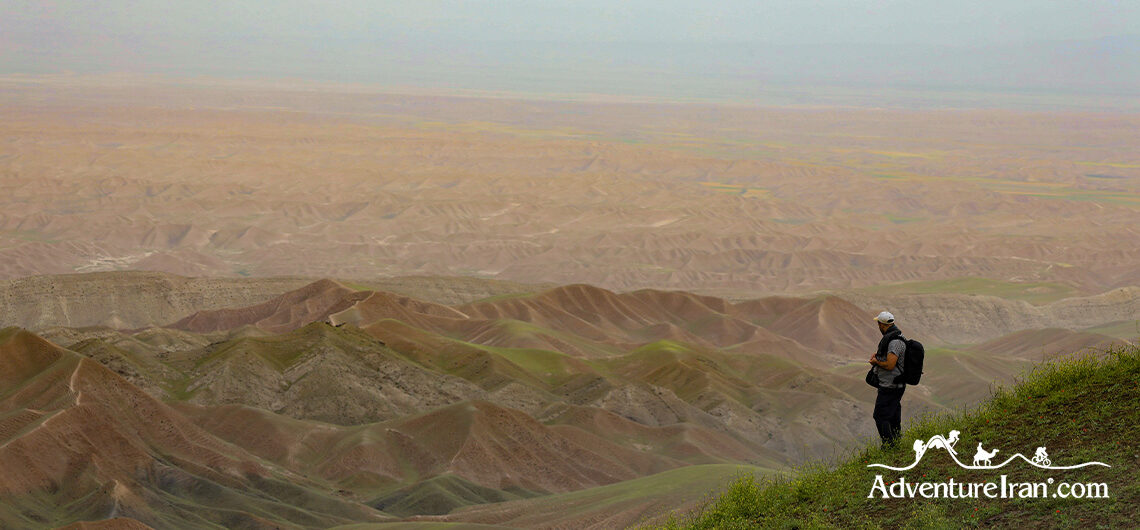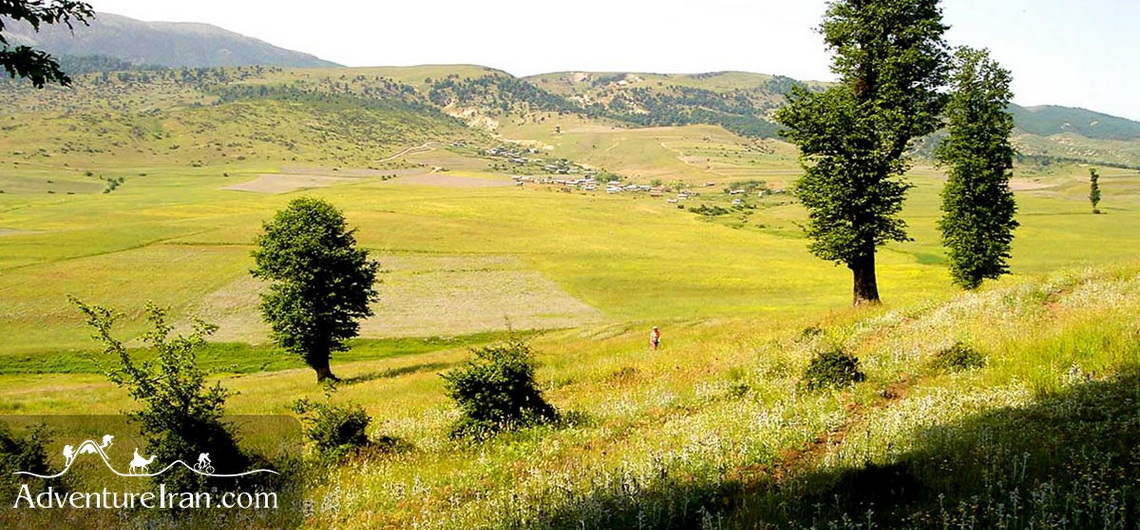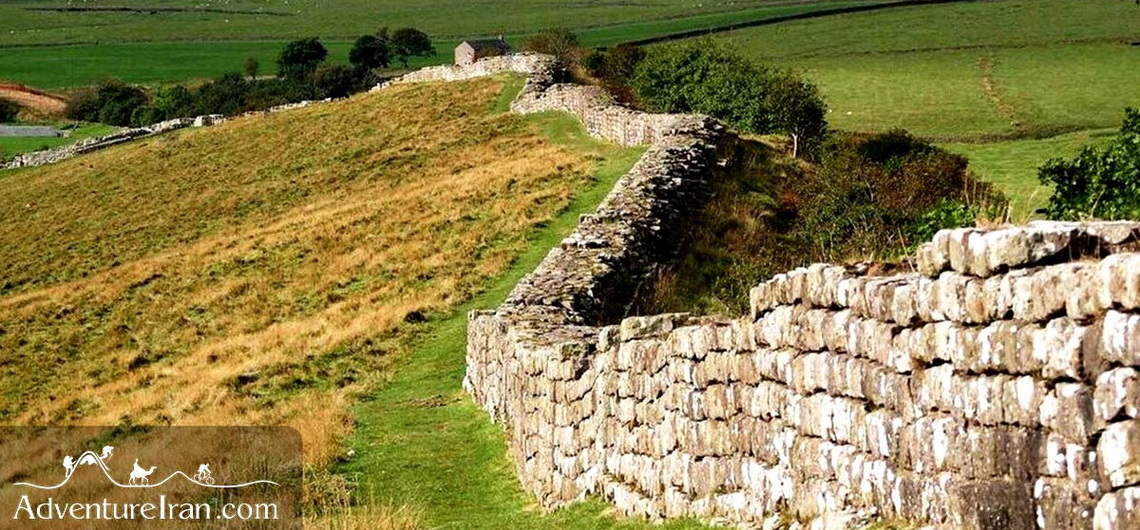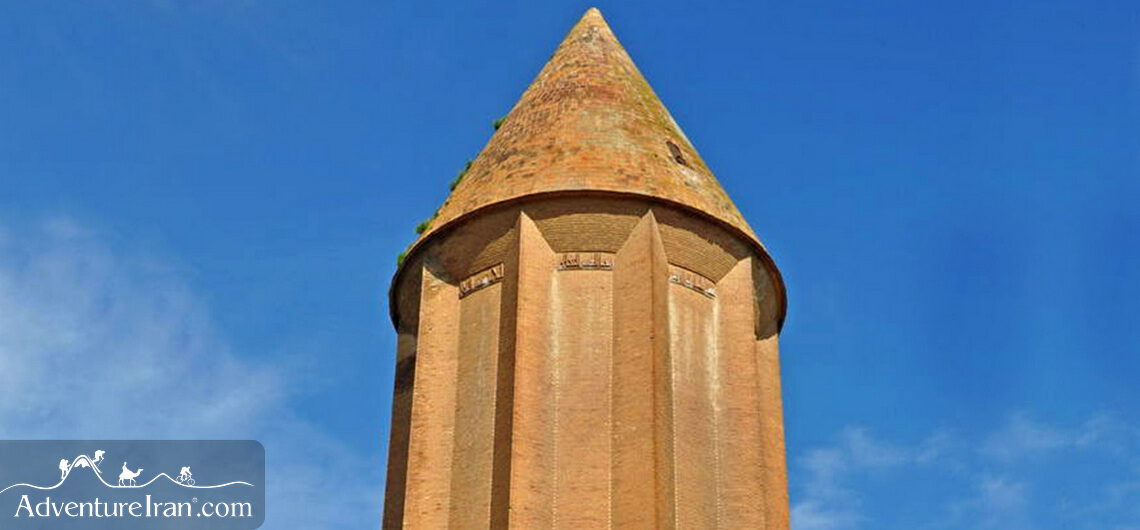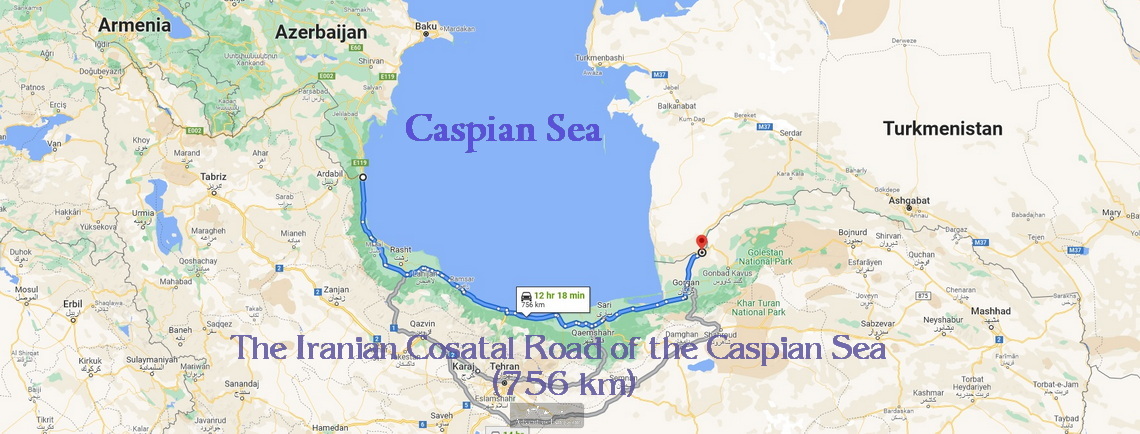Golestan National Park Golestan National Park: A Sanctuary of Breathtaking Biodiversity Nestled in the northeastern corner of Iran, Golestan National Park stands as a testament to the country’s commitment to preserving its natural heritage. This vast and diverse protected area encompasses a wide range of ecosystems, from dense forests to arid landscapes, creating a
Photography Travel to Turkmen Regions of Iran in Golestan Province
- Destinations, Photography
- Golestan Province, Iran people photography, Iran photography, Iran Photography destinations, Iran photography Locations, Iran Photography Tours, Iran photography travel, Iran portrait photography, Photography in Iran, Photography Iran, Turkmen Horse, Turkmen Plain, Turkmen Sahra
Travel to Iran for Photography in Turkmen Plains Iran offers plenty of unexplored regions which are perfect for photographers who would like to travel to Iran for photography, and Iranian Turkmen regions and especially Golestan province is one of them. The Turkmen region of Iran is a part of Golestan province which is located in
Golestan Province and Turkmen Plains Tourist Highlights
- Attractions, Destinations
- Active Iran, Adventure Iran, Golestan National Park, Golestan Province, Golestan Tourist Highlights, Gonbad-e Qabus, Iran off the beaten track, Iran people photography, Iran photography, Iran untraveled route, The Great Wall of Gorgan, Turkmen Horse, Turkmen Plain, Turkmen Sahra
Golestan Province Tourist Highlights Turkmen Plains Golestan province is one of the untraveled routes of Iran offering a wide range of attractions, activities, and tourist highlights. It is located in the northeast of the country, southeast of the Caspian Sea, and southern part of Turkmenistan country. Golestan means the land of flowers. The rural
Jahan Nama Protected Area A small village of Jahan Nama by the Caspian Sea gave the name to the vast Jahan Nama Protected Area in the Golestan Province in Iran. With rich wildlife, including wild sheep and goats, wolfs, panthers, bears, weasels, owls, eagles, cuckoos, woodpeckers, and porcupines, Jahan Nama is also famous for its variety
Great Wall of Gorgan The remains of the Great Wall of Gorgan, also known as “The Red Snake Wall” due to the color of its bricks, are located in northern Iran in the Golestan Province. Dating back to the Sasanid dynasty, the wall was originally built in approx. 420-530AD, which makes it 1,000 years older
Gonbad-e Qabus in Iran (UNESCO) A small agricultural town of Gonbad-e Qabus (also pronounced Gonbad-e Kavoos or Gonbad-e Kavus) lies approx. 500km east of Mashhad, in Golestan province, Iran. It is home to the UNESCO World Heritage Site under the same name- the spectacular Gonbad-e Qabus brick tower. According to the two Kufic inscriptions encircling
Iranian Caspian Sea
- Attractions, Destinations
- Adventure Iran, Alborz Mountains, Bandar Torkaman, Caspian Hyrcanian Forests, Central Alborz, Daryaye Kahzar, Gilan Province, Golestan National Park, Golestan Province, Gonbad-e Qabus, Hyrcanian forest, Iran Mountain Biking, iran trekking, Iran Trekking Tours, Mazandaran Province, Mountain Biking in Iran, Mountain Biking Iran, Mountain Biking Tours, The Caspian Sea, The Great Wall of Gorgan, The Red Snake Wall, Torkaman port
The Caspian Sea North of Iran The Caspian Sea is the largest lake in the world, situated in south-eastern Europe and south-western Asia. It is surrounded by 5 different countries, Kazakhstan, Russia, Azerbaijan, Turkmenistan, and Iran. The Sea is home to a wide range of species. More than 850 different animals and at least 500 different

